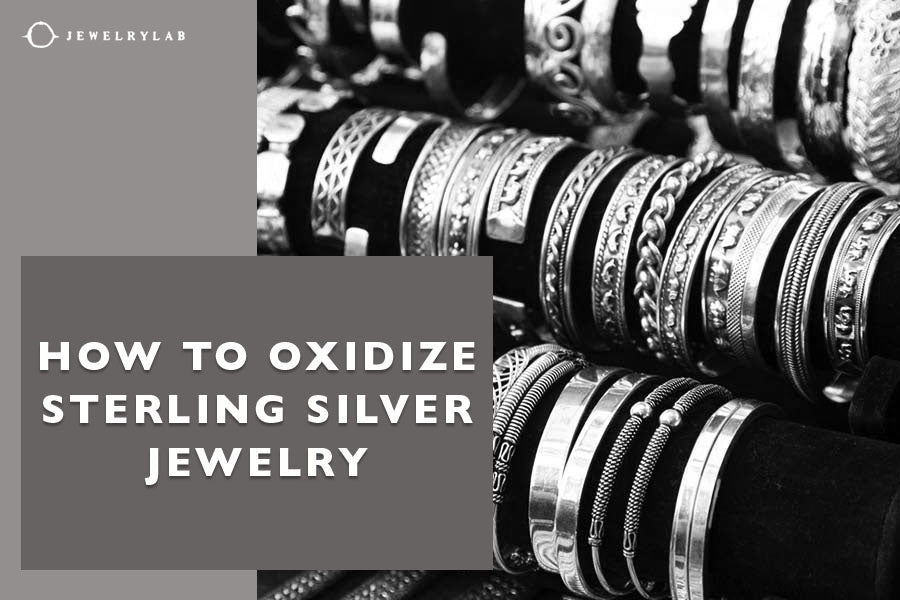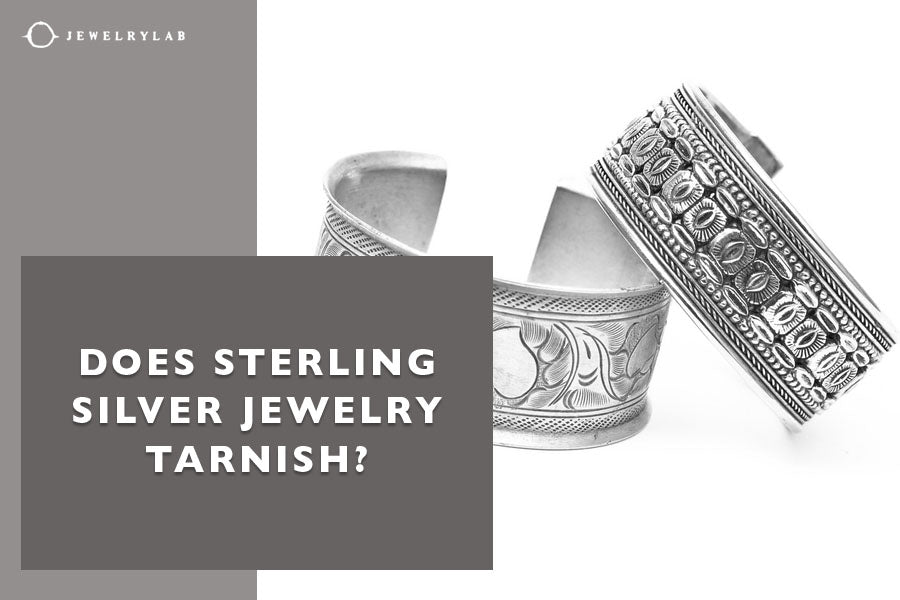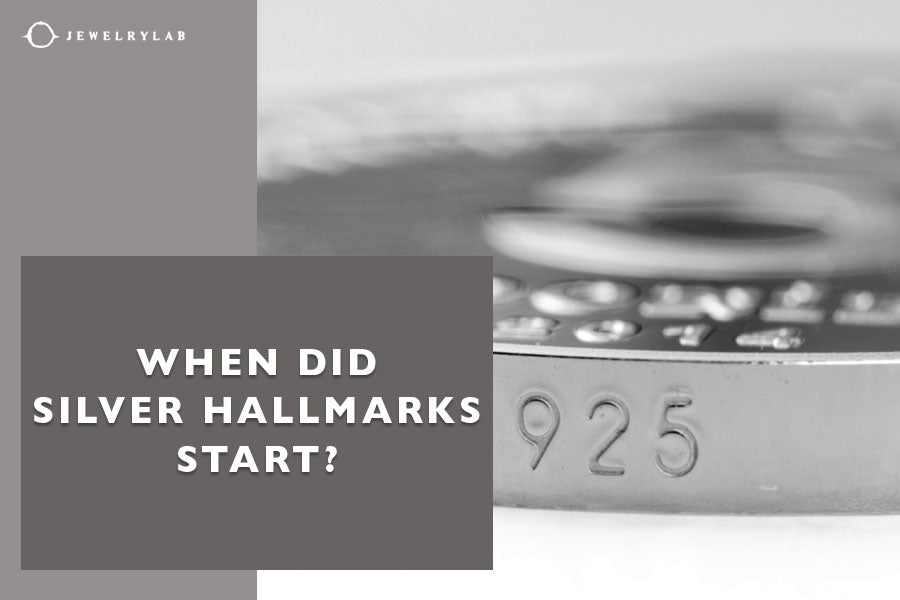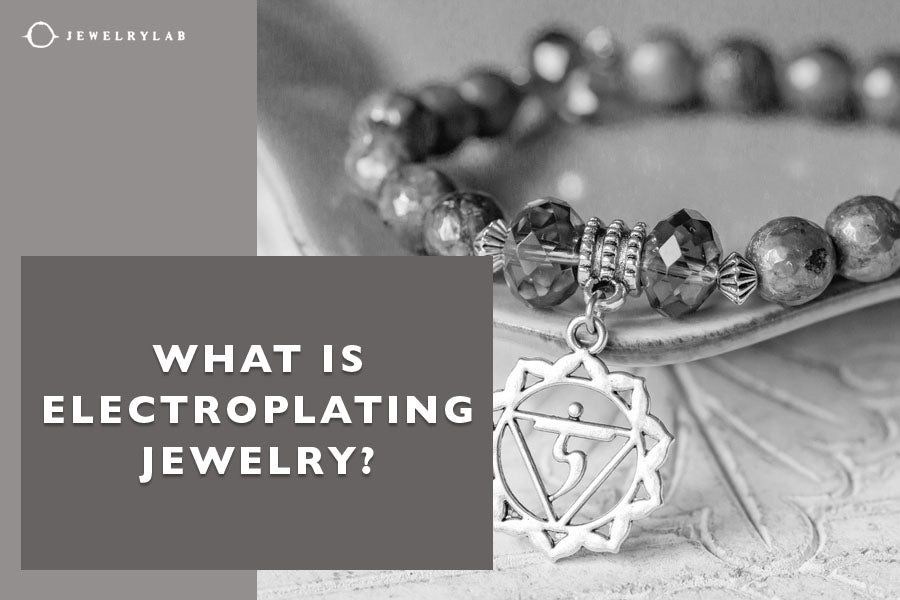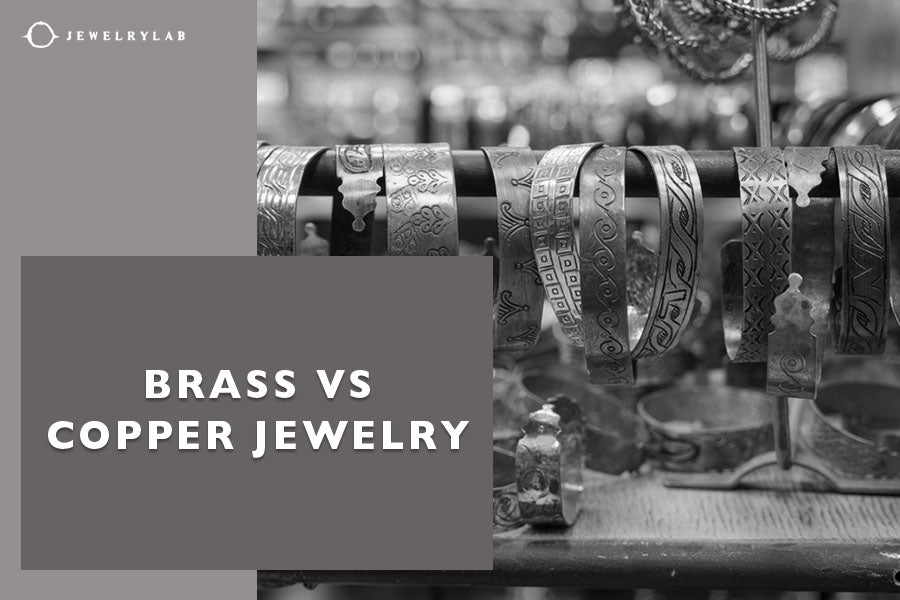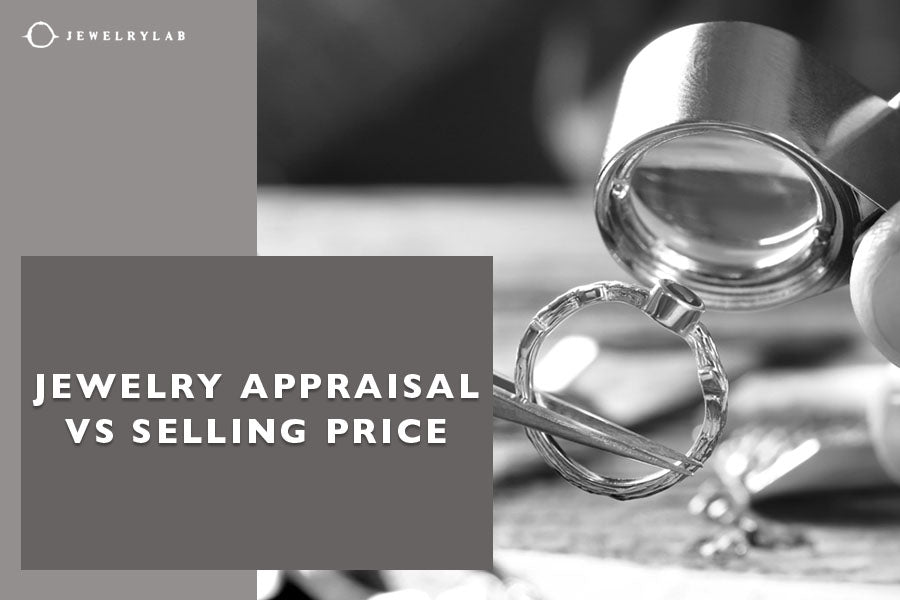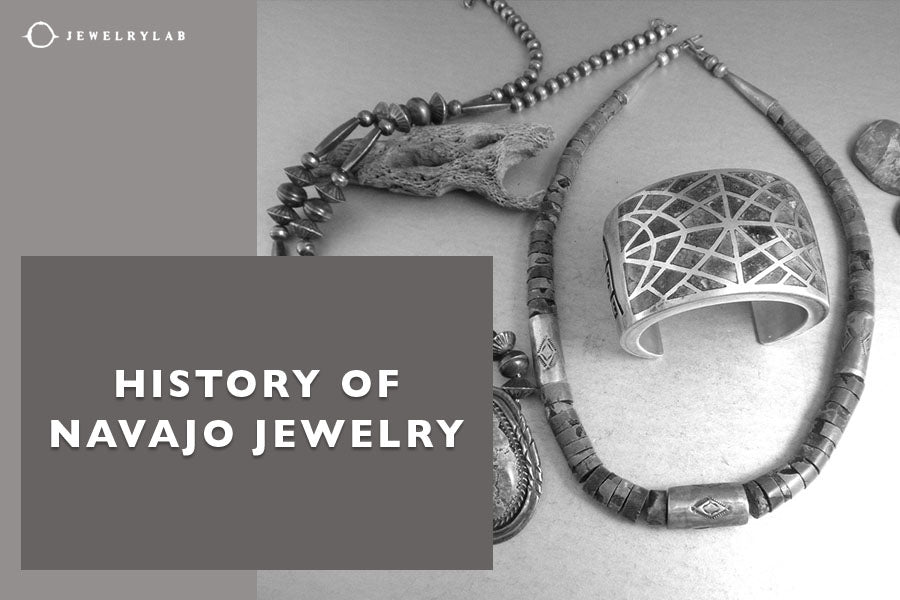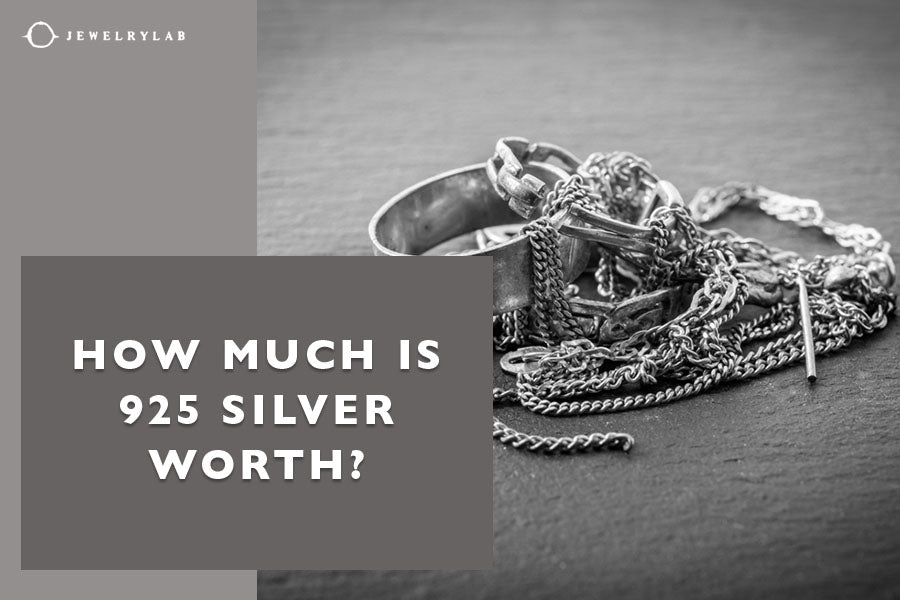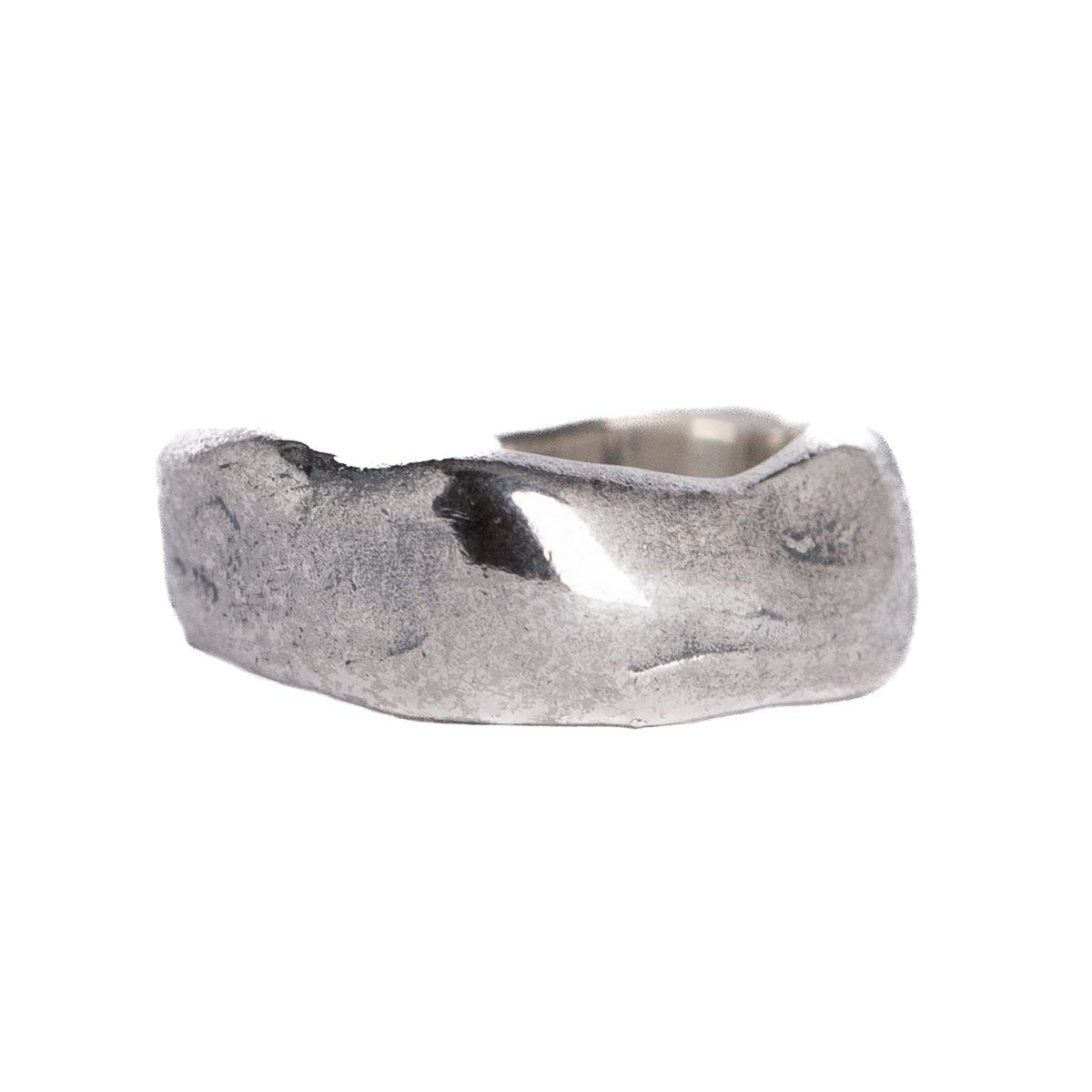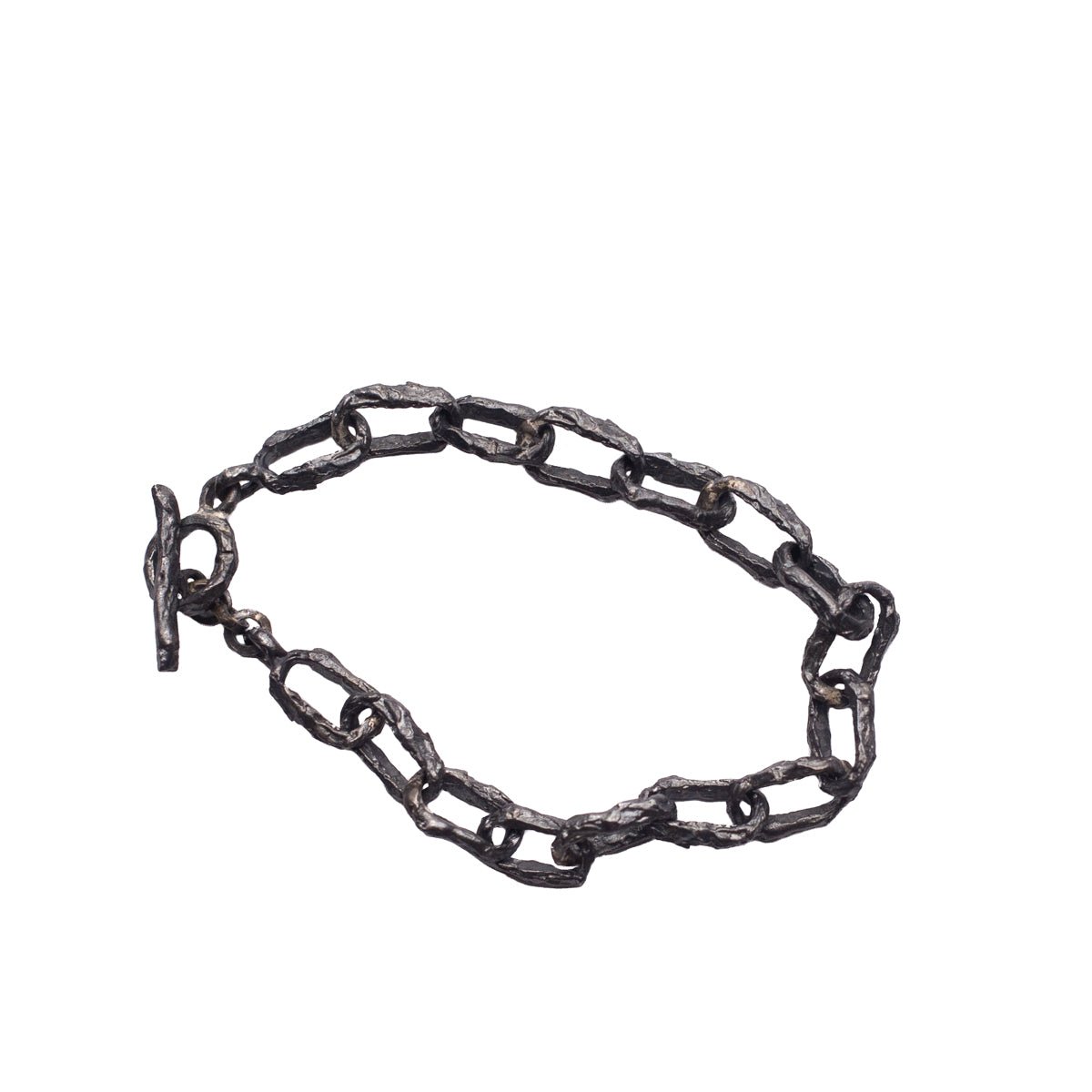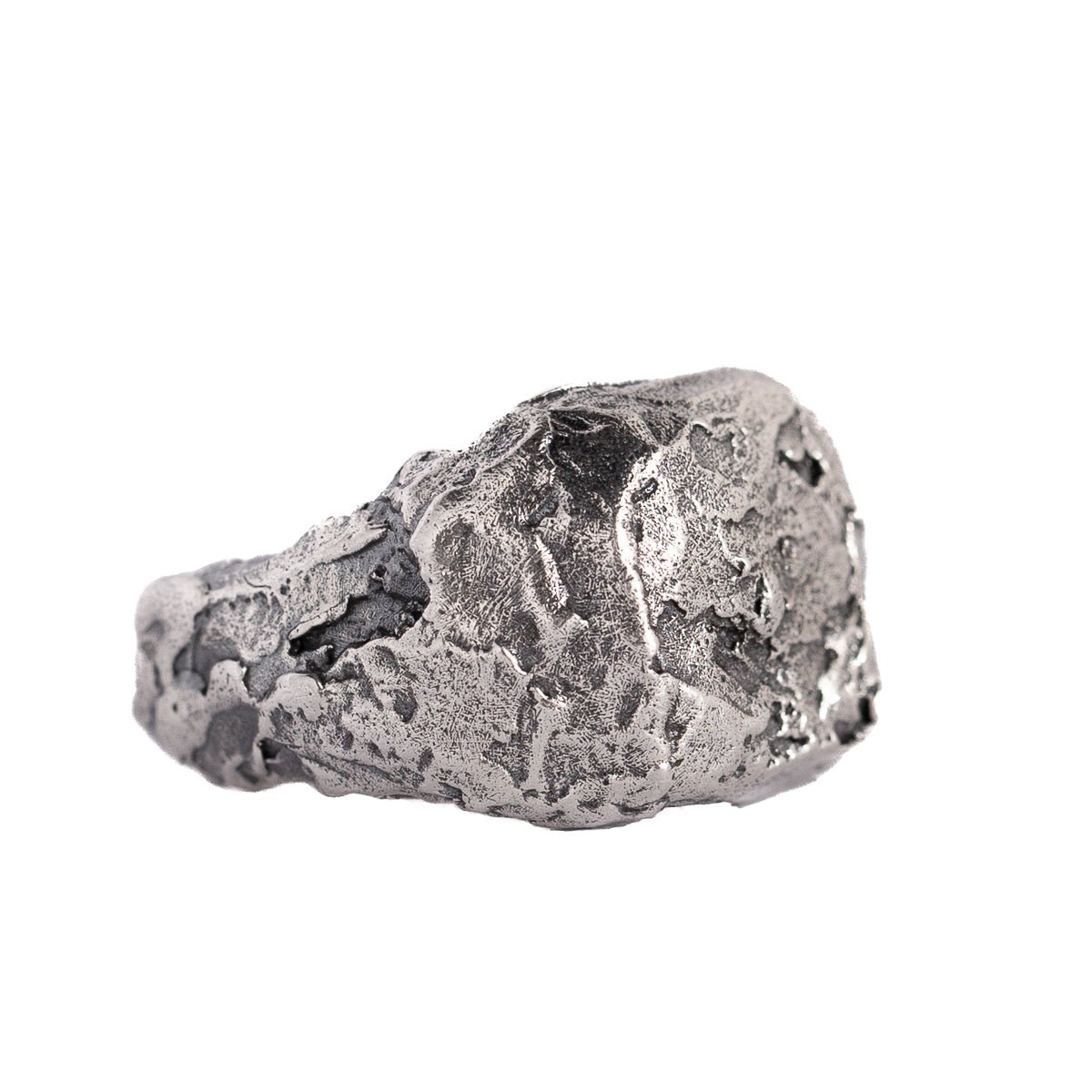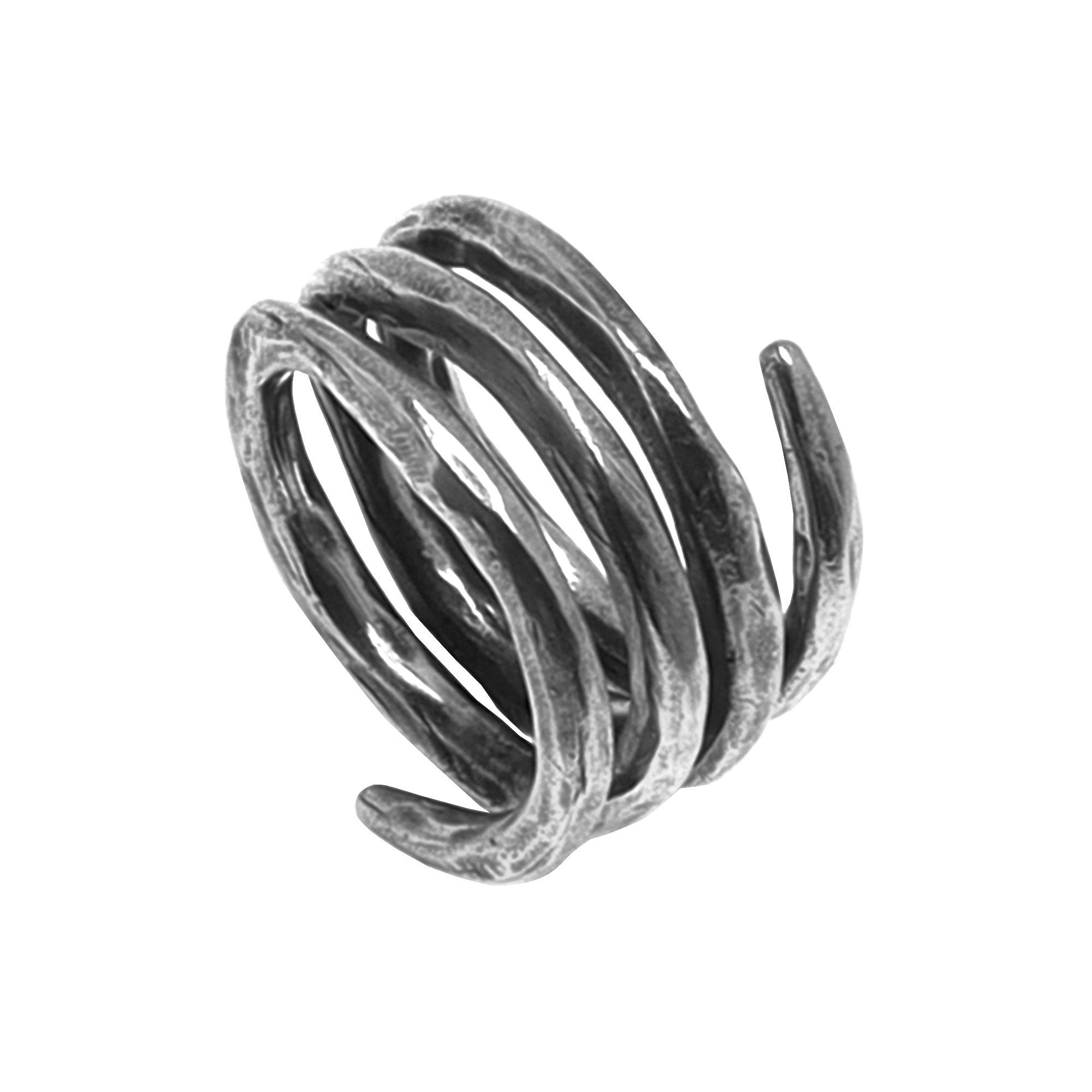by Jesús Zabala - 7 min read
History of Jewelry Timeline
Jewelry has been an integral part of human culture and history, serving various purposes, from adornment to a symbol of status. As studying the history of jewelry timeline reveals, the evolution of jewelry over time reflects changes in technology, fashion, and societal norms. So, how has jewelry changed over time?
This article delves into the history of jewelry design, exploring its transformation across centuries. We will explore the jewelry craft, tracing it from the earliest known forms to the sophisticated designs of the modern era.
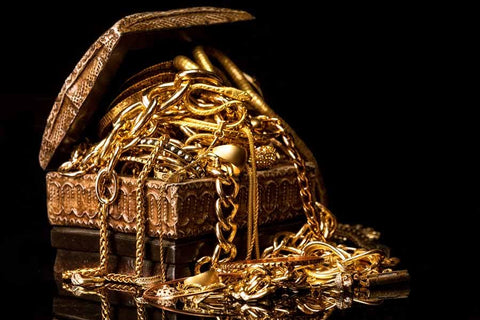
Source: shutterstock.com / Photo Contributor: NAR studio
The History of Jewelry Timeline
Jewelry making is an ancient form of creative expression and may have been around as long as we as humans. While early on, it was potentially worn as a form of protection, today, you wear it as a symbol of uniqueness, status, commitment, etc.
Tracing the history uncovers the many forms and meanings that jewelry shifted through the centuries. It persisted over time as a distinct expression deeply rooted and distinct for each culture. Hence, our retrospection will highlight some of history's most prominent jewelry trends and explain their significance.
110.000 - 73.000 BC
The earliest known jewelry was crafted from natural materials like dried sea shells, ivory, and sea shell beads. Such primitive jewelry items have been discovered in archaeological sites across Morocco and regions such as Israel, Algeria, and South Africa. These pieces likely served as amulets, marking the beginning of the history of jewelry making.
Middle Ages (400-1500)
During the Middle Ages, jewelry became a symbol of status and wealth, especially among nobility and royalty. The Middle Ages are also known as the Dark Ages since the Roman Empire witnessed its fall during this period. While their empire might have suffered a cruel fate, their jewelry-making surged.
The Ancient Romans popularized amulets, brooches, seal rings, and talismans. They adorned their jewelry with animal designs or coiling snakes, utilizing amber, emeralds, garnets, diamonds, pearls, and sapphires.
The Romans were keen on half-moon earring designs, which were in heavy use, especially during this period. The trend of moon earrings was long-lived and popular up until the 12th century.
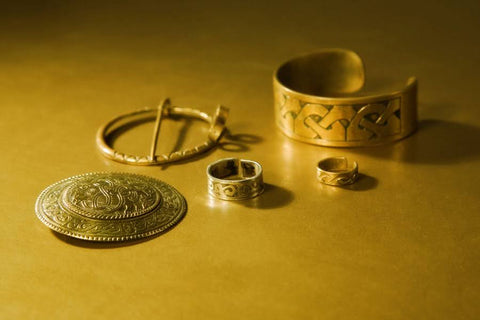
Source: shutterstock.com / Photo Contributor: Dm_Cherry
Renaissance (1500-1600)
The Renaissance witnessed a surge in jewelry use across Europe, with intricate designs featuring animals and introducing new diamond cuts such as the rose cut. This era also saw the establishment of the first European lab for smelting ores.
Much of the jewelry worn during the Renaissance can be seen in portraits. As the history of jewelry reveals, women were especially keen on dramatic layered necklaces during this period.
Many women also decorated the body of their dresses with heavy jewelry. The use of head ornaments and decorative head pins also witnessed a high.
Renaissance jewelry is best remembered for intricate goldwork and multiple gemstone designs. Some of the greatest jewels from this period include spinels and rubies.
Baroque (1600-1720)
The Baroque style, known for its ornate and dramatic designs, influenced jewelry, introducing colorless zircons, the Great Mogul diamond, and the Peruzzi cut. This period also saw the discovery of tourmaline, topaz, and titanium. However, portraits of the time also reveal the love of pearl jewelry that lingers over this period.
Dresses were made with low necklines, allowing women to dazzle with pearl necklaces. Diamonds were also popular in this era, mainly because they became more widely available. Golden drop-shaped pearl earrings marked the beginning of Baroque, while more elaborate designs emerged during the 1650s.
By the late 17th century, the girandole earring became the most popular and typical choice. The girandole design featured a centerpiece from which three dangling ornaments were suspended.
Georgian period (1720-1837)
The Georgian era marked a significant evolution in jewelry design, with gold, silver, copper, steel, and iron being commonly used. Techniques like Repousse and Cannetille were prevalent, emphasizing handmade craftsmanship.
Some of the most popular motifs of this period include ribbons, bows, flowers, leaves, and sprays of foliage. Those who enjoy the appeal of gold and appreciate nature motifs can look at our 24k gold-plated Bali Rose necklace.
Wearing bracelets in pairs of any kind and rings in rectangular and oval shapes became extremely popular. However, the jewelry items that marked the Georgian period were pendeloque earrings, cameos, and choker necklaces.
Early Victorian period (1837-1860)
Reflecting Queen Victoria's life stages, the Victorian era saw jewelry adorned with floral motifs, bright-colored gemstones, and gold filigree. Serpent motifs also became popular during this period.
The reason for this was the engagement ring that the Queen received as a gift from Prince Albert. The ring was shaped like an ouroboros with an emerald (the Queen's birthstone) in the snake's head.
The Queen's marriage set the tone for the early Victorian period, and this part of history saw an increased use of gemstones in jewelry. Brooches, rings, and bracelets with bold designs were worn to emphasize the hands, while earrings and necklaces were out of style. This was mainly due to the fashion of high necklines and bonnets, which hid the ears and necklines.
Mid-Victorian period (1860-1884)
The Mid-Victorian period, also known as the Grand Period, was marked by mourning. Following the death of the Queen’s mother and the death of Prince Albert, mourning jewelry took the scene. Jewelry items were mostly made from gemstones with deeper tones, such as onyx, amethyst, black glass, and jet.
Entirely black jewelry and wardrobe were worn for a year, and the mourning tradition continued. Memorial rings with intricate engraving appeared during this period. Mourners were also known to have jewelry that had lockets where they kept photos of the deceased.
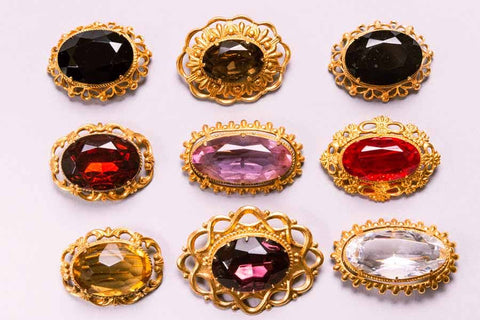
Source: shutterstock.com / Photo Contributor: mdbildes
Late Victorian period (1885-1899)
The advancements in society during the late Victorian period changed how people dressed, which also impacted the choice of jewelry. As clothing became more functional, jewelry became smaller and lighter.
Women became more involved in business and sport, and less jewelry was worn during the day. During this period, the iconic Victorian Choker was introduced. Stud earrings and solitaire rings became immensely popular.
Edwardian period (1900-1918)
In the realm of necklaces, the Edwardian period introduced simpler chains with delicate pendants or gemstones, known as lavallières. Sautoirs, or long ropes of pearls or beads ending in generously fringed tassels, also became fashionable.
During the Edwardian era, tiaras symbolized status and elegance for the affluent and elite. The meander tiara, featuring the geometric Greek key motif, emerged as a popular design during this period.
As the first decade of the 20th century progressed, the traditional tiara evolved into the bandeau, a more modern and streamlined variant worn across the forehead. A distinctive fashion of the time was the stacking of rings. This trend involved wearing multiple rings on each finger, creating a layered look that allowed for personal expression.
The Modern Era (1919-present)
The Modern Era of jewelry, from 1919 to the present, showcases a rich tapestry of styles and innovations.
Art Deco period
The Art Deco period is renowned for its geometric, angular designs; however, it is best known for blending modern styles with exquisite craftsmanship. This era brought forth platinum jewelry adorned with sapphires, diamonds, rubies, emeralds, and onyx. Those interested in gemstone jewelry can browse our ring collection and find attractive options, such as the Rounded Black Onyx ring.
Retro (1939-1950)
Reflecting the World War II period and its aftermath, the Retro era saw a shift in material use, with yellow gold becoming immensely popular due to platinum and white gold restrictions. Jewelry designs became chunky and futuristic, though the scarcity of gemstones during the war led to fewer gemstone-embellished pieces.
Fifties Era (1950s)
The post-war era brought a resurgence in the jewelry industry, focusing on the affluent and the burgeoning middle class. Gold regained its popularity with designs that suited modern tastes, including motifs of florals, ribbons, bows, and leaves. Jewelry pieces became more refined, moving away from the chunkier styles of the Retro period.

Source: shutterstock.com / Photo Contributor: Mingju Liu
Contemporary jewelry (1960s and present)
This period is defined by its eclectic nature, blending inspiration from various historical eras with modern aesthetics. Contemporary jewelry is known for its uniqueness, often revisiting vintage styles for their beauty and aesthetic appeal.
The inclusion of men in the jewelry market has also become notable. With the broadening of jewelry's appeal, men were offered many options. As evident today, men also have plenty of jewelry pieces at reach, from rings and bracelets to chains and watches.
Conclusion
Tracing the history of jewelry timeline reveals a continuous evolution in terms of style and materials. However, this exploration also highlights the role of jewelry in society as a symbol of status, a form of artistic expression, and a bearer of sentimental value. Undoubtedly, the art of making jewelry has advanced through the centuries.
In prehistoric times, adornments were made from natural materials, and these pieces were simplistic compared to the intricate designs of the contemporary period. Looking back, we can say that each jewelry era has contributed uniquely to the rich mosaic of jewelry history, capturing the essence of human experience within a given period.

